When I first started going to garden events like RHS Chelsea Flower Show, the first thing I was drawn to was the begonia display on Dibley’s stand. Their giant leaves in all manner of swirls and markings of Day-Glo technicolour. I wanted to grow them all so I placed an order immediately.
It’s been over four years since that first order and I’ve since learnt the hard way (RIP begonias) that they can be pernickety customers when it comes to growing them as houseplants. With some trial and error, I’m gradually cracking the code however and I wanted to share some of my findings so far with you all.
1) About begonias
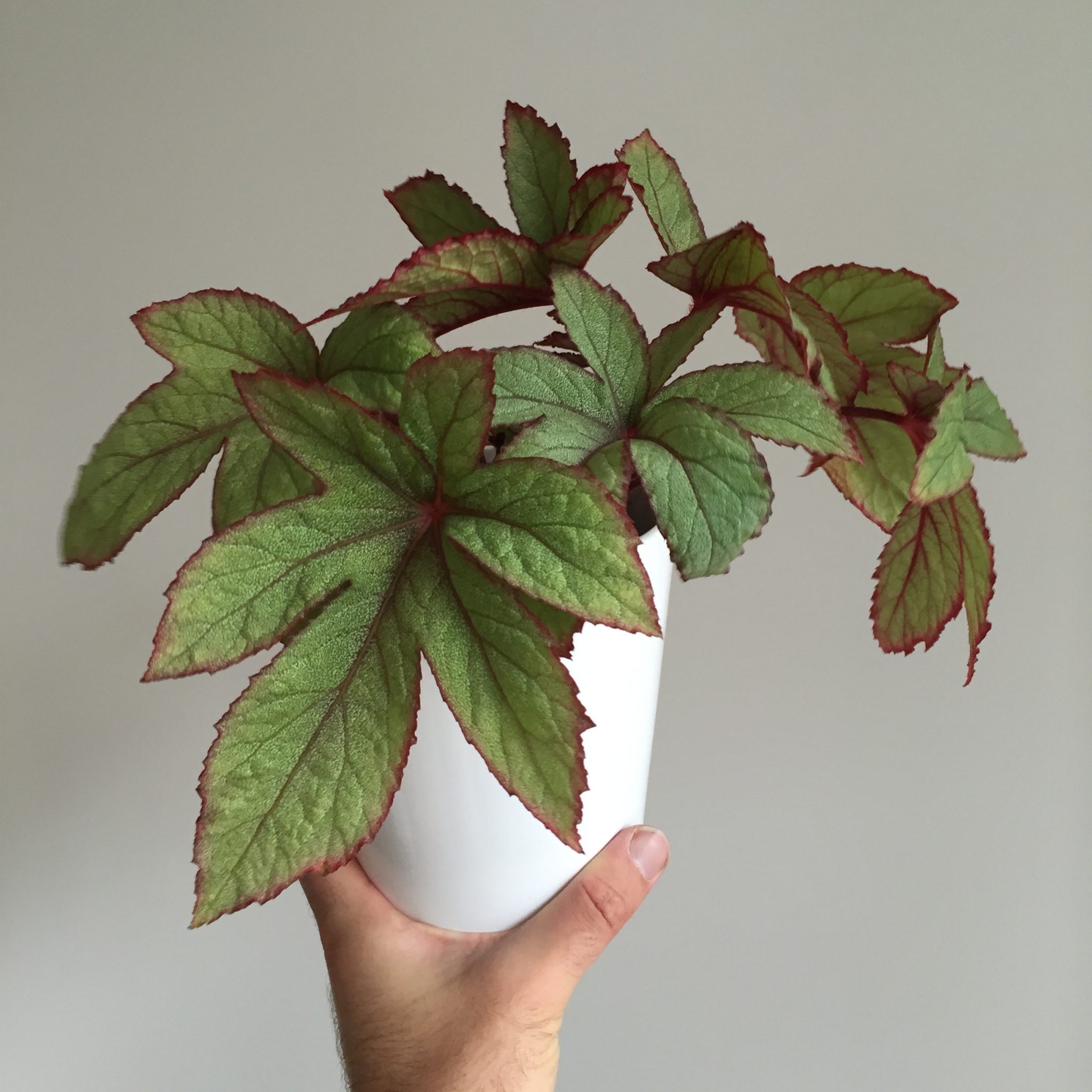
Begonias are plants that originate from warm, humid parts of the world like north India. They come in a variety of forms including those that grow canes a little like branching bamboo, clump formers and others with rhizomatous creeping roots, those with the largest leaves are Begonia rex. They all have their merits. Their roots tend to be thick, fleshy and succulent, much like the rest of the plant. Begonias have been bred extensively since the Victorian period, so many different cultivars now exist. Only a handful are currently available on the UK market with many more sold in America, across Europe and Asia. From my experience so far, rhizomatous and cane begonias, like the large palm like look Begonia luxurians, are easier to grow in UK houses.
2) Pot and compost
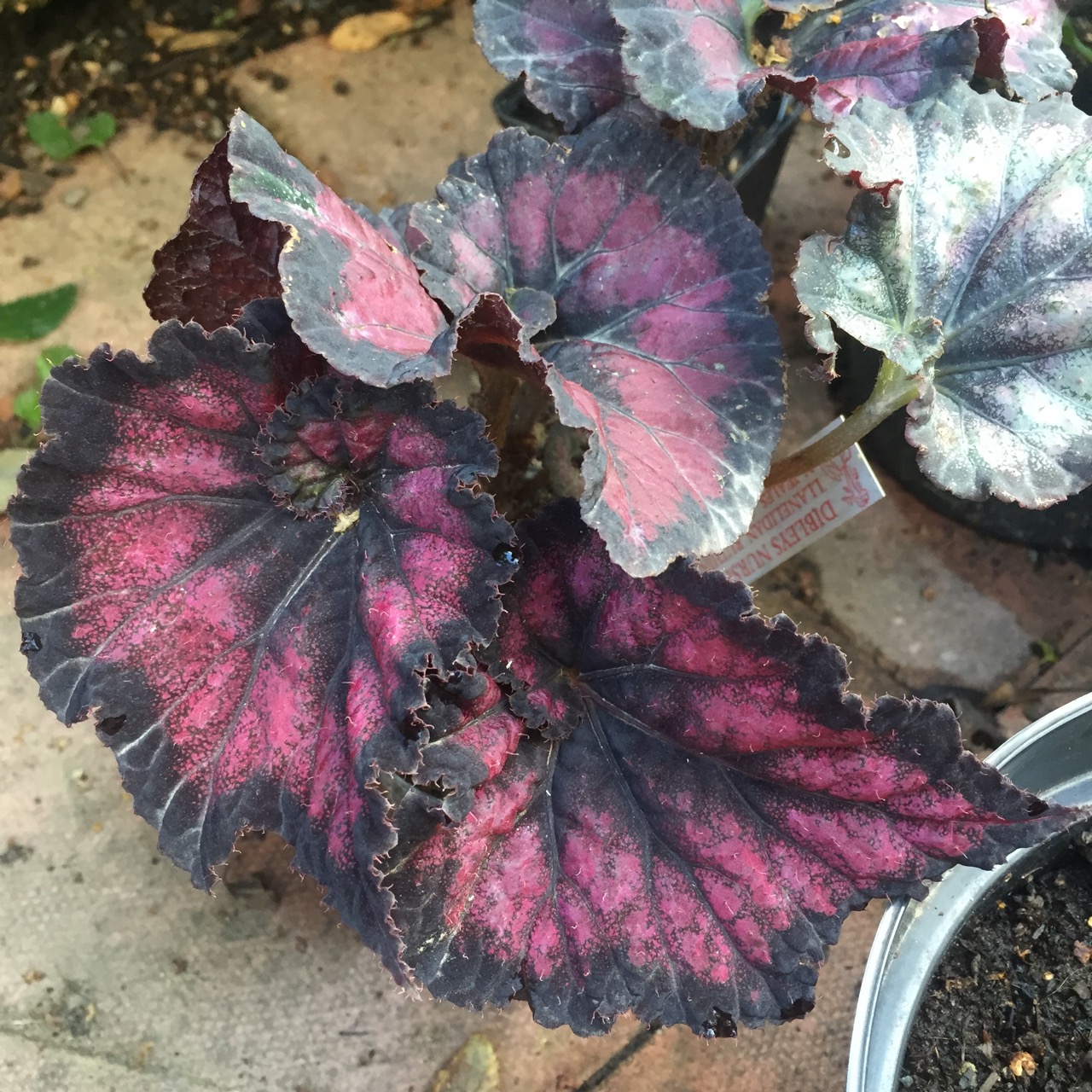
I’ll start with the thing that has transformed my begonia growing. Online there is differing information about the correct size of pot to grow begonias, often referencing those on the small size at 9cm diameter. Over time I’ve figured this is far too small. When I’ve seen Begonias in their prime at Lanhydrock National Trust and various RHS shows they’ve been in large 15 – 20cm diameter pots. In 2018 I switched all of my plants up to 20cm pots and sure enough, they’ve grown so much better, developing happily into substantial plants over one summer. One of the reasons for this is more root space for their weak roots to spread into as well as more nutrients but I believe there is even more credit to the size of pot discussed below. The compost I use is regular peat free multipurpose compost which I love for its brilliant structure and water retentiveness.
3) Watering
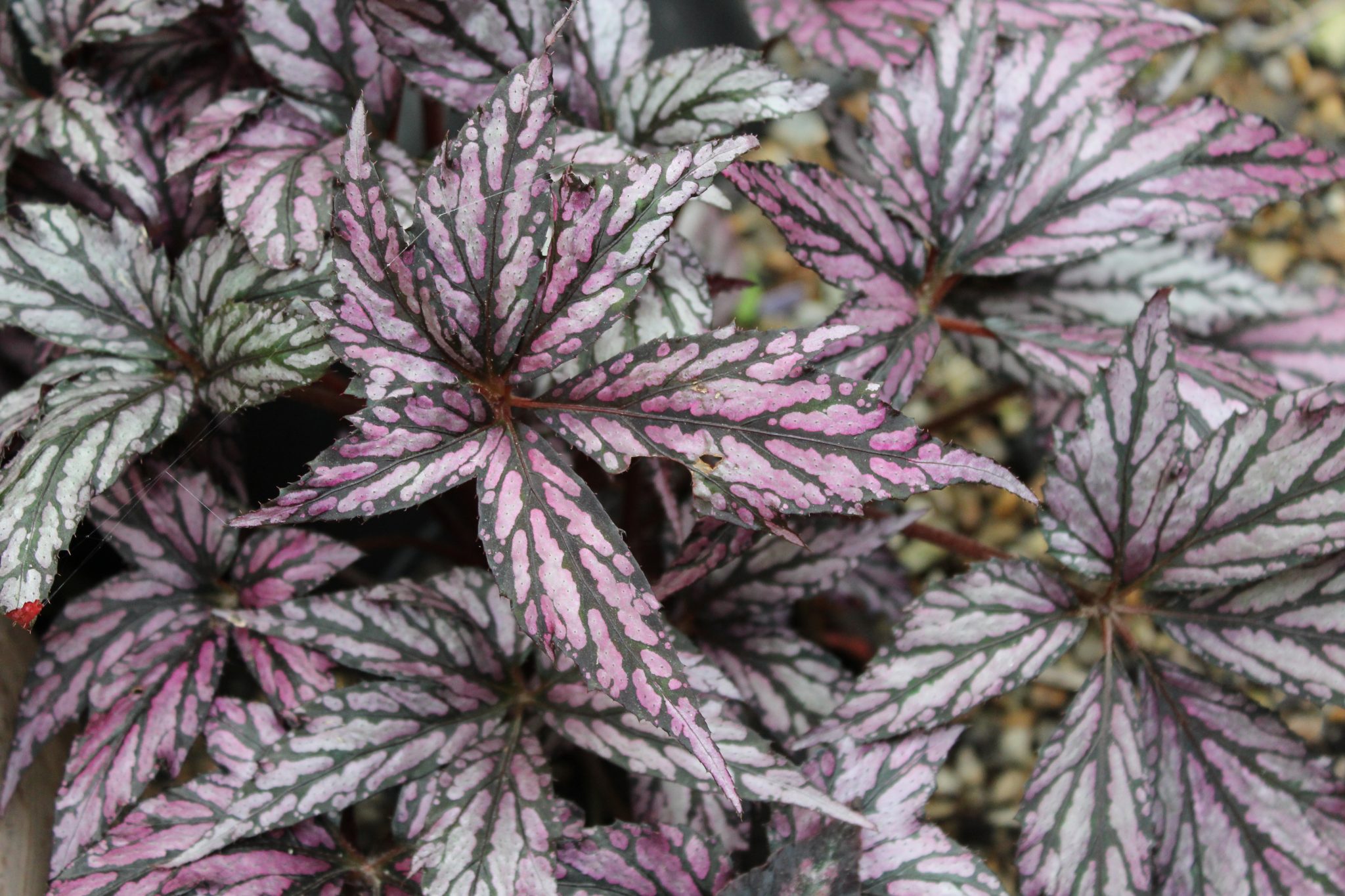
One of the toughest aspects for begonias to live let alone thrive is watering. Watering begonias is a bitch. They should never dry out otherwise their leaves are likely to crisp up and the plant die quickly. Likewise they can never be too wet otherwise those thick roots and stems rot incredibly easily. This leads to a constant battle to get the watering just right which is where the larger pot has really helped. It’s far easier to manage water requirements in a greater volume of compost. Small pots dry out really quickly while a larger pot that’s dry on top could still have quite a lot of moisture left further down. This means you can keep watch and when the surface of the compost is dry, water a little and then repeat a week later. Suddenly it’s much easier to prevent a pot drying out without the risk of overwatering. Big pot wins again.
4) Humidity
Let’s cut to the chase, begonias can be difficult plants to grow as houseplants, too often the leaves start crisping and no matter what you do, you can’t stop it until the plant dies. Sometimes you end up overwatering exacerbating the problem by causing root rot leading to less water uptake. Begonias come from warm, humid countries and as such houses with central heating are often too dry and arid for begonias to be happy. Humid atmospheres prevent excess transpiration, which suits the slow circulation of the begonia, particularly the very large leaved types (I’m looking at you Begonia rex). The more humid the atmosphere for the begonia, the less likelihood of crispy leaf edges and new shoot dieback. So how do you solve this problem? I found a number of solutions:
- You guessed it, a bigger pot, which increases the surface area of compost beneath the plant increasing humidity beneath its leaves.
- Sitting the begonia pot above a small reservoir or water by filling a saucer or secondary outer pot with pebbles or clay pebbles and topping up with water occasionally.
- Sitting the plant outside over summer in a shady spot. Growing the plant outside in shade over summer had the biggest positive impact (see the Begonia rex ‘Black Knight’ above). Never mist houseplants because it’s largely pointless as the droplets evaporate in minutes and because wet on leaves can encourage fungal disease like powdery mildew, which begonias a particularly susceptible to.
5) Feeding

One thing I’ve learnt about humidity loving houseplants that develop crispy leaves is that one easy solution is to ensure a constant succession of new leaves through regular feeding. With lots of new leaves appearing regularly you can simply cut off any old stragglers immediately reviving the look of your plant. This trick is working well for my Calathea which are equally tough to grow indoors, especially in winter. Personally, for anything that ever goes outside I only use organic fertiliser in the form of liquid seaweed. Plants bound to indoor only life I’m more relaxed about using chemical based fertilisers because they will never make contact with wildlife or be part of my wildlife garden. So far though I see no difference in growth between the two fertilisers.
6) Choose your begonia type carefully
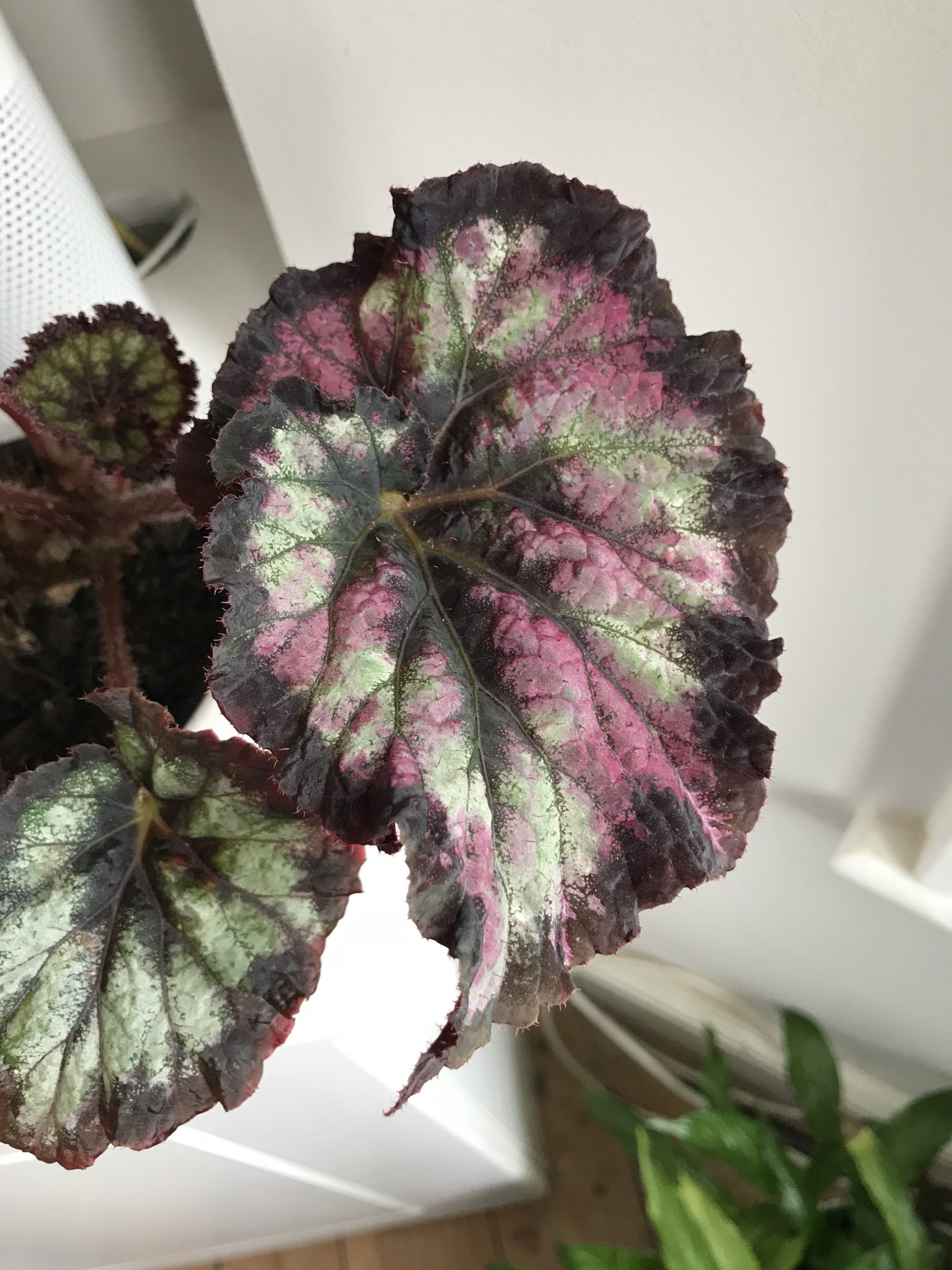
I have had the most success with Begonia ‘Pollux’, it’s tough and my original plant has not only lived but truly thrived in our front room. Possibly because it is a rhizomatous begonia, forming a dense mat of rhizomatous roots. It’s easy to see that, like a succulent, it is storing a lot of liquid in those rhizomes that obviously work to supply the leaves with adequate liquid to never go crispy. I wonder – and this is anecdotal observation – if the fact it is largely a green leaved cultivar makes a difference. As much as I love the rex leaves, these are the hardest begonias to grow in a normal home. They really have to be in more humidity to look good year round. I do grow them but know they will struggle and die back a lot over winter.
7) Light
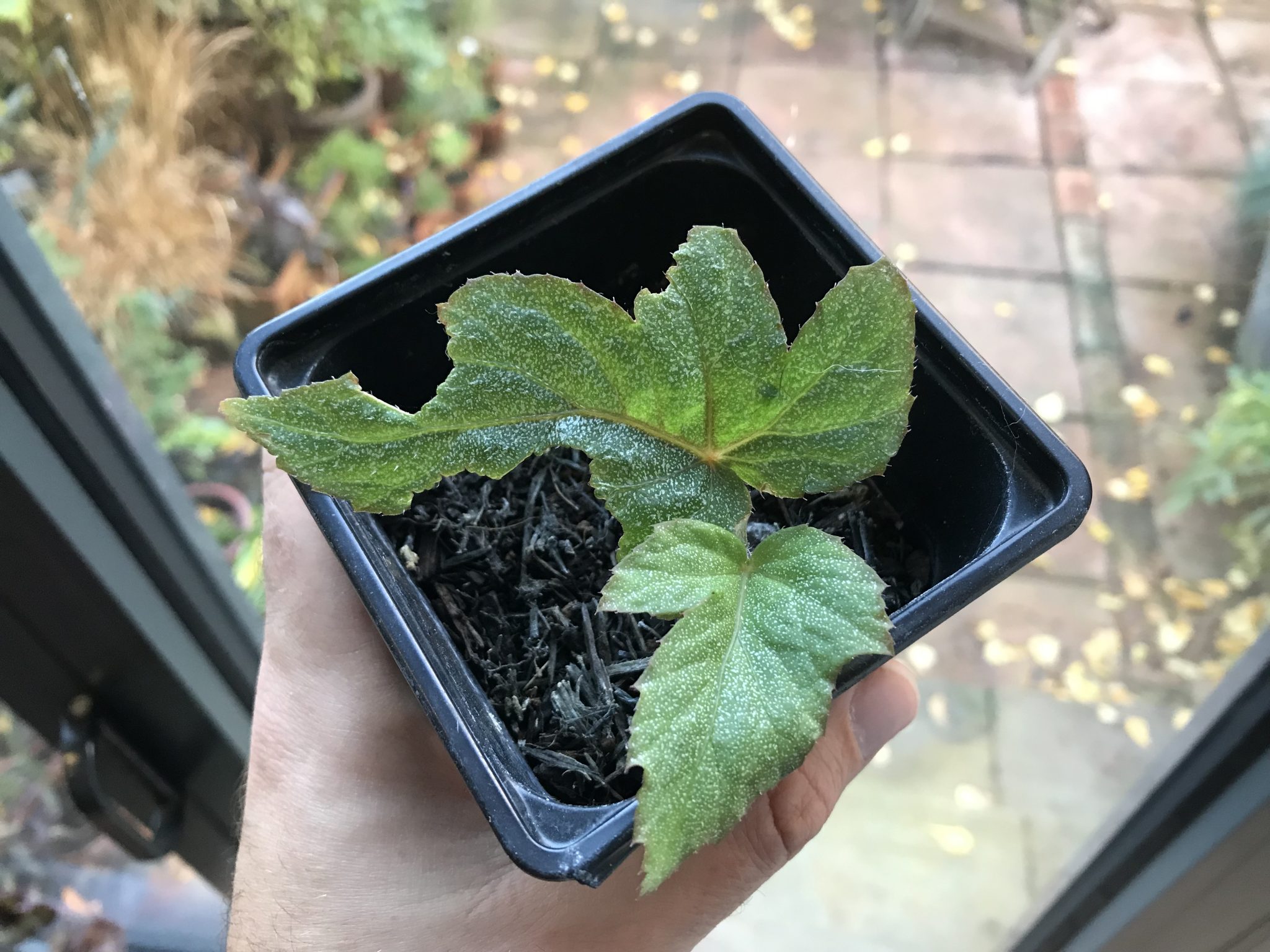
Of course, these are fussy begonias so lighting is going to be tricky too. They want to be in the brightest possible light without being in direct sunlight. Mine are all positioned on the edges of large, bright windows. They never receive direct sunlight but they have enough natural light. A number of them I grow outside over summer in shady positions which has served them really well producing the biggest plants.
8) Propagation
Growing plants yourself is everything. Luckily the one easy thing about begonias is propagating them. I’ve tried two methods of propagating begonias and they are pretty foolproof. First I tried rooting a leaf of Begonia ‘Pollux’ in water, this worked really well and after a number of weeks roots and shoots formed below water. Unfortunately the problem with the water rooting method is that the next step of potting up is difficult as the shoots are at the foot of the stem. So, the better method is the tried and tested leaf cuttings. Easy to do, you simply take a new, vigorous leaf and either cut into strips or squares, place on top of compost in a covered seed tray and wait. As you can see from the photo above, you will have lots of new begonia babies to care for. Using the leaf cutting method, I took the cuttings in summer and left them for a month or so until the shoots started forming. I’ll wait until early spring before potting on.
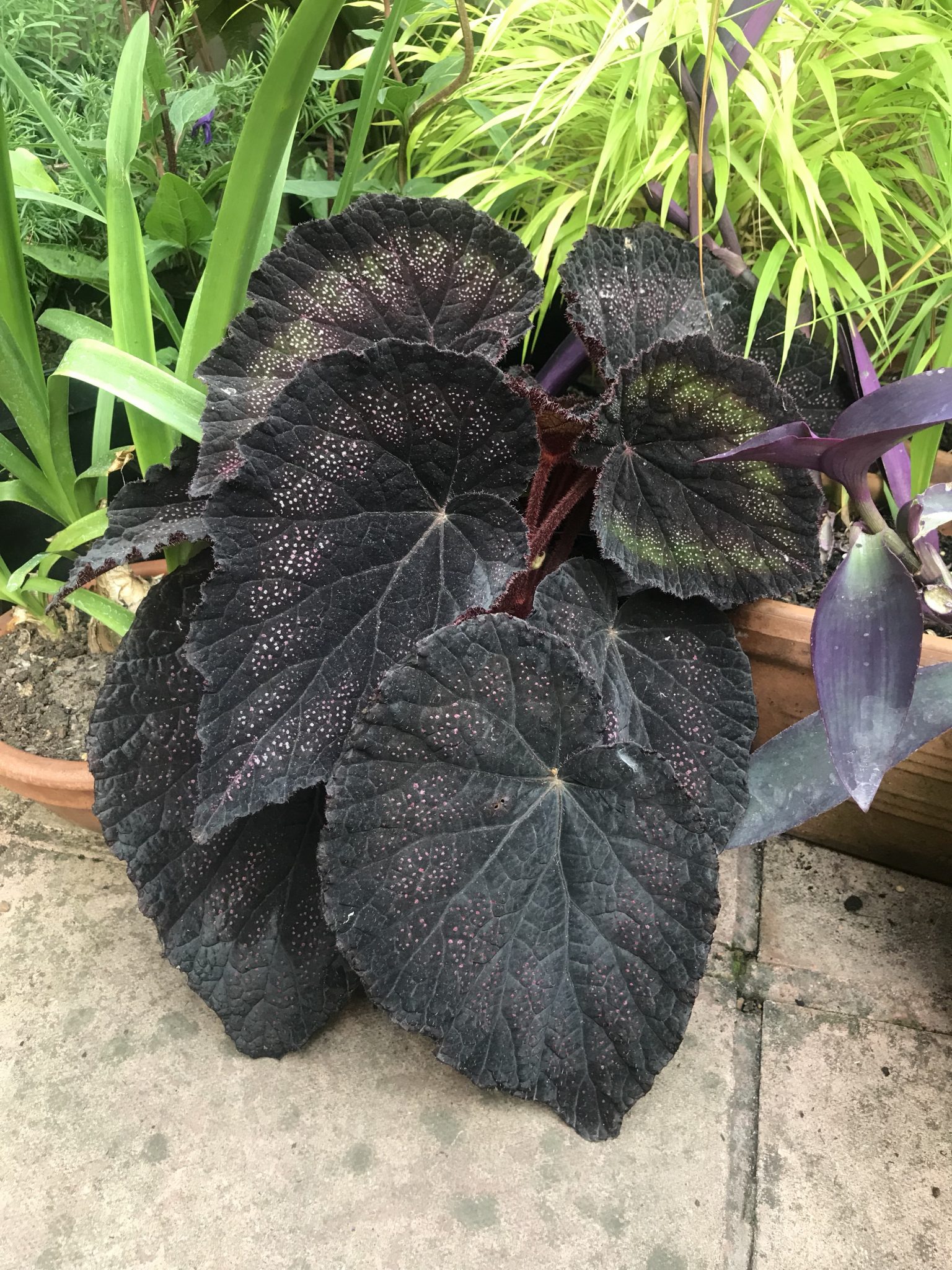
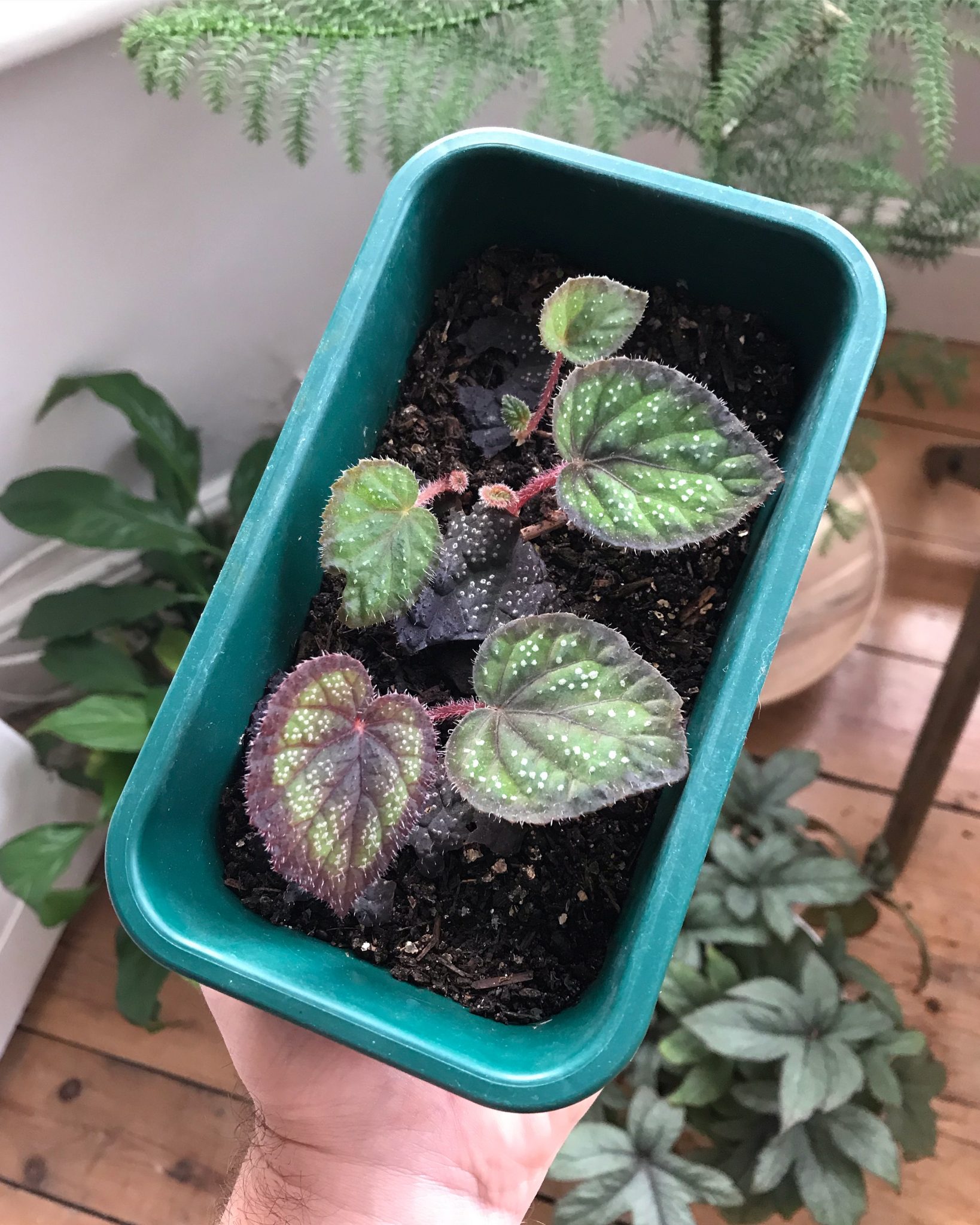



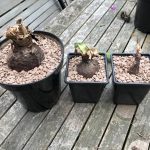
I can’t wait to start propagating my begonias, having read this. I had no idea it was so simple!.. Because they are so fussy, I’d assumed it would be a tricky process. I have a couple of Begonia rexes that live in a cluster with ferns. I’ve found that generally with humidity-loving plants, keeping them grouped together really helps retain the humid atmosphere. I do mist the ferns, but not the Begonias, and this seems to do the trick.
My begonia rex has crisping leaves. It is in a small pot (the one it was in when I bought it a few weeks ago) but as it is winter I’ll probably wait to re-pot until spring. No doubt the garden centres push the Rex owing to its striking leaves, but don’t tell us how difficult it is to keep it alive! Thanks for this great article.
I have a very healthy Begonia Luxurians unfortunately it has never produce flowers. Please will you advise me as to what I can do to possibly get the Begonia to flower.
My begonias are massive. They fill my 4 foot square Windows with leaves and flowers. Bought at a local garden centre as about 3 inch wide bulbs. The ones in the greenhouse are about 5 feet tall. They are in 8incb pots with peatless conpost
I have always grown gorgeous Geraniums in the house! Very successful but let’s face, they’re very forgiving. I got cocky and decided to try Begonias!! Had no idea. So far, I hang my head in shame as I killed an Escargot almost at birth. My others have come up in 10” pots and are doing well in spite of me. Your hints are a boon to my care of them and I thank you!! I’m sure they do too!
Hey Jack, Thank you so much for your article on demystifying begonias… all my life my success rate with begonias was too low to mention… at my last attempt I kept a begonia rex in my room, for about 1 year and periodically it wilted to the point where the leaves rested on the window ledge, it came in a 1lt pot I think. Last year I moved it to the conservatory with all the other hundreds of house plants, it did ok and was still the same size as when I bought it, I threatened it with the recycling bin, instead I gave it a 2lt pot in multipurpose compost with added John Innes and it took off, each leaf is bigger than the previous… it looks stunning. Then I rescued a polka dot begonia in late spring, it received the same treatment, it is also stunning, last month I recued a couple more and they are recovering nicely. I now have around 15 different begonias and facing a move where I will not have a conservatory, but I will not give up my begonias, I’m totally addicted and prefer to have a smaller sofa… I feed all my plants with seaweed extract, it works well for me.
I bring in my 9 rex begonias and store them in an upstairs bedroom. I water them infrequently and come early May they have a few leaves but even if there is just a stalk I can spot little new leaves. I put them out in shaded areas and now late September they are more than 3 feet high and equally as wide. They are a wonderful addition to my shade garden.
That sounds fantastic, thanks for sharing Linda – that will be very reassuring for lots of people.
Jack
Hi Jack, I have just bought 3 begonia rex from Dibleys. They are plug plants so quite small, and I have put them in 9cm pots. Do you recommend repotting them in the 20cm pots even though they are so small?
Thanks,
Tina.
Hi Tina,
No, I would grow them on in 9cm pots initially and pot them up gradually to larger size pots until you eventually reach 20cm pots, perhaps in spring.
Jack
Hey Jack, Its now 2 years since I last read this article and left a comment, I have since moved house as expected, and my begonia adventure is nothing but disastrous.
The begonia polka dot has gone from strength to strength and I now have one that is 4 foot tall in my bedroom as well as several cutting around my home – and here is where the good news end.
I have in the last 2 years spent at least £200 on begonia plugs – they all end up perishing.
I do have a few Rex begonia that struggle along.
Being arthritic I have a warm home – 19*C over night as minimum and 23*C daytime during the summer it went all the way to 26*C.
I do have 100’s of other houseplants – many are aroids and several aquariums, all together raising the average humidity to an of 60%, obviously lower in the height of summer and higher when it drizzles a lot.
My propagations perform well whilst in moss or water, but after a few days – maybe a couple of weeks – in soil they are off to begonia heaven… The better performers are the eye lash begonias ( B. Bowerae ).
You suggested bigger pots, which is where my Polka dot begonia is, all other good performers (all 3 of them lol) are in 9cm pots which is the size I use initially.
I found you on YouTube (I have no other social media), but you have nothing on begonias, and I’m writing to ask if you have anymore words of wisdom on the subject, and if you have good success would you do some videos on indoor begonias… I’d like to know what the flip I’m doing wrong…
Regards
Carlos
Hi Carlos,
Begonias can be tricky, I find they like drier composts and quite a lot of bright but filtered light, so not scorching direct sunlight. That said, they don’t like to be completely dry either. They are fussy. I also find they like lots of nutrients from fertiliser to keep growing.
I have to admit, I find they just don’t like growing inside over winter for me either. The really lovely cultivars generally just die. Which is why, before we moved from London, I was focussing more on hardy outdoor colourful begonias which seem much tougher and easy to look after.
My best suggestion is to focus on cultivars of the polka dot or other species and perhaps move away from Rex begonias, which just are very fussy plants.
Not the best news I know but just some thoughts. Keep going though and experimenting! 🙂
Jack